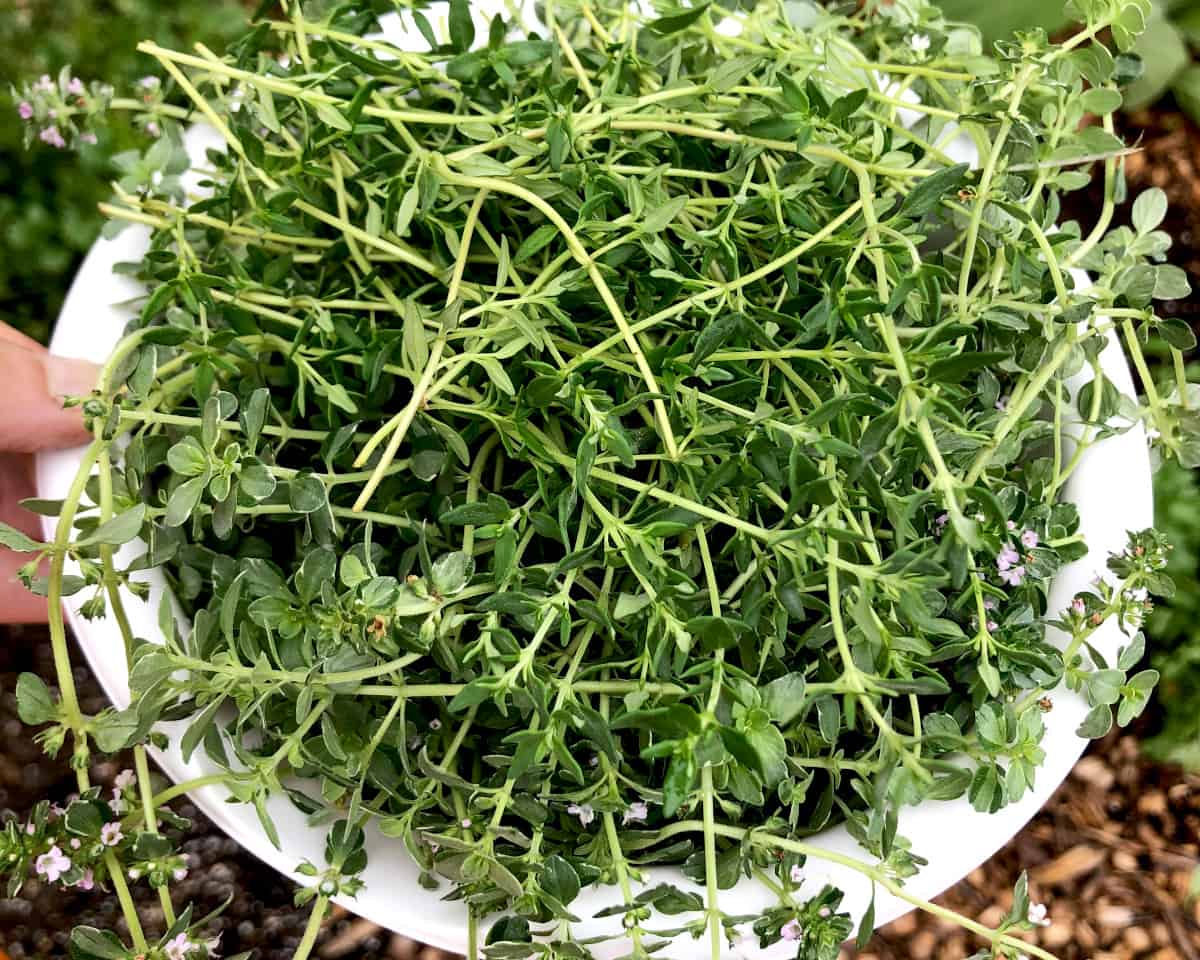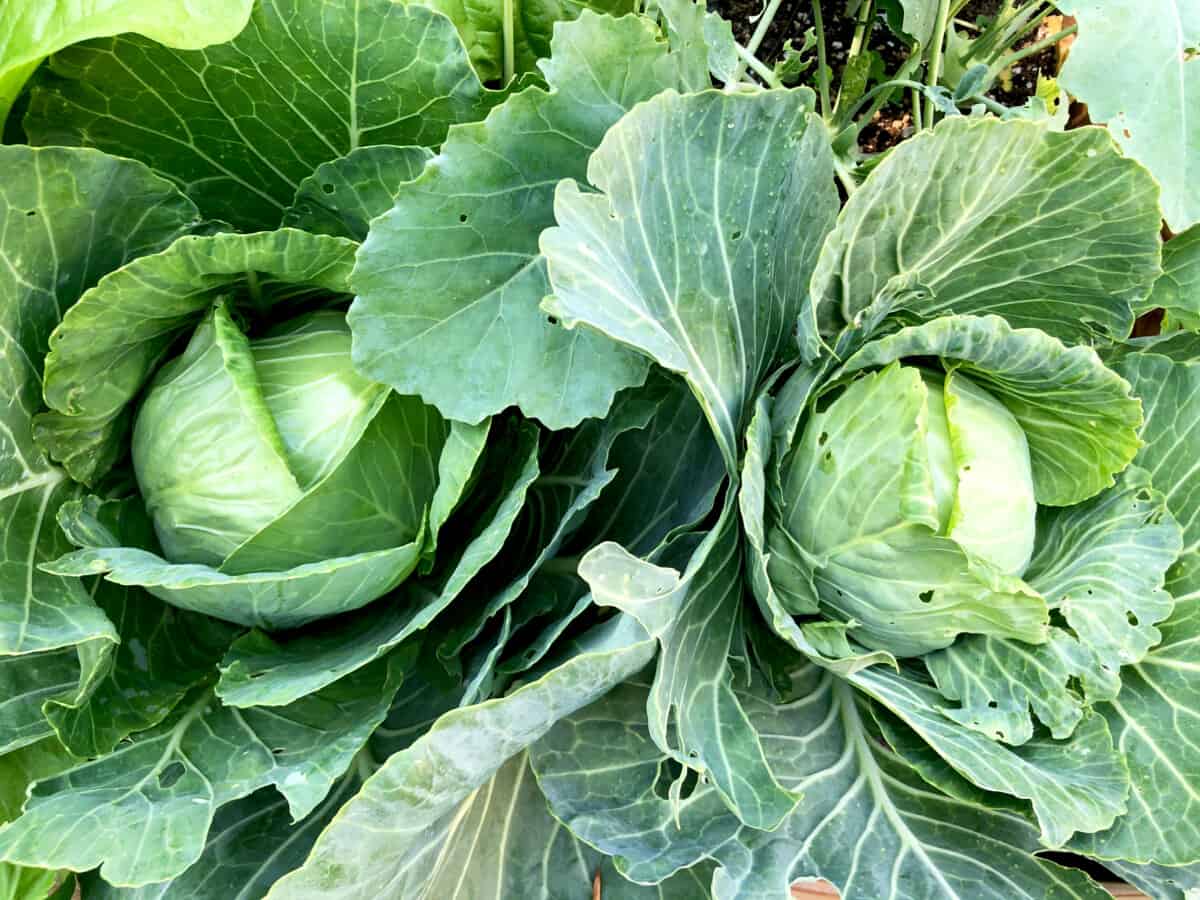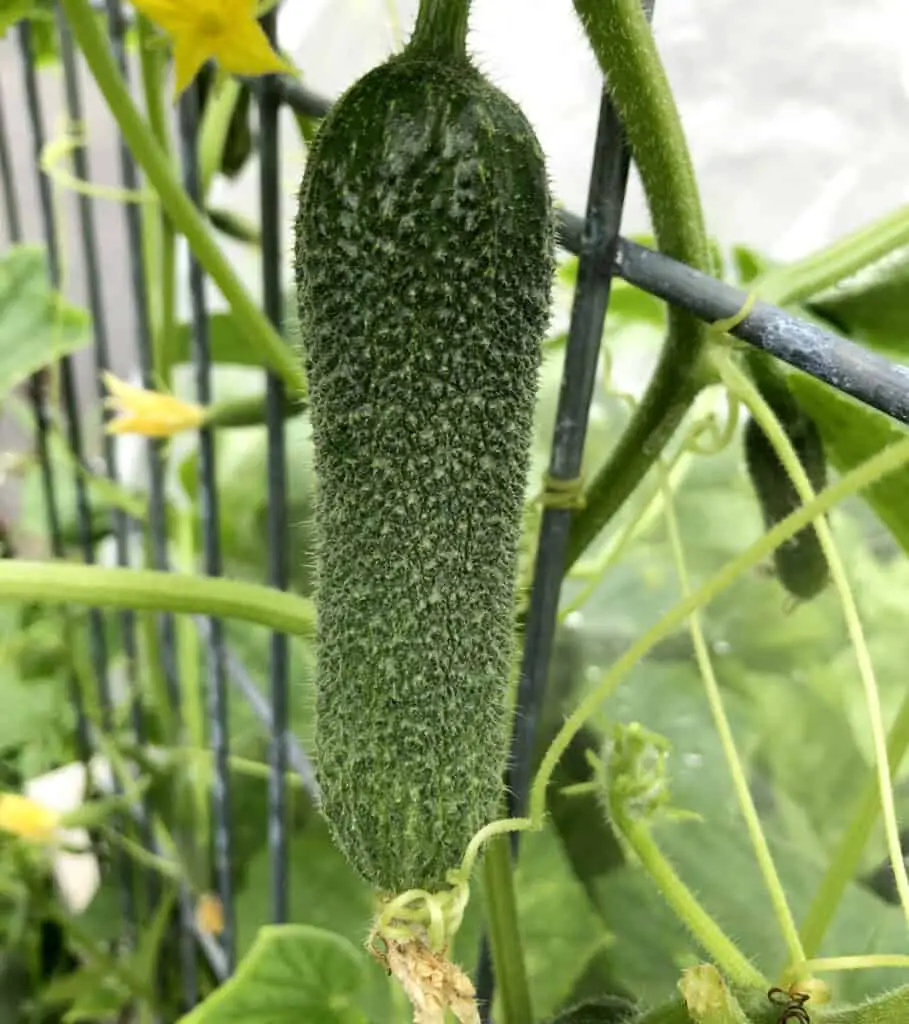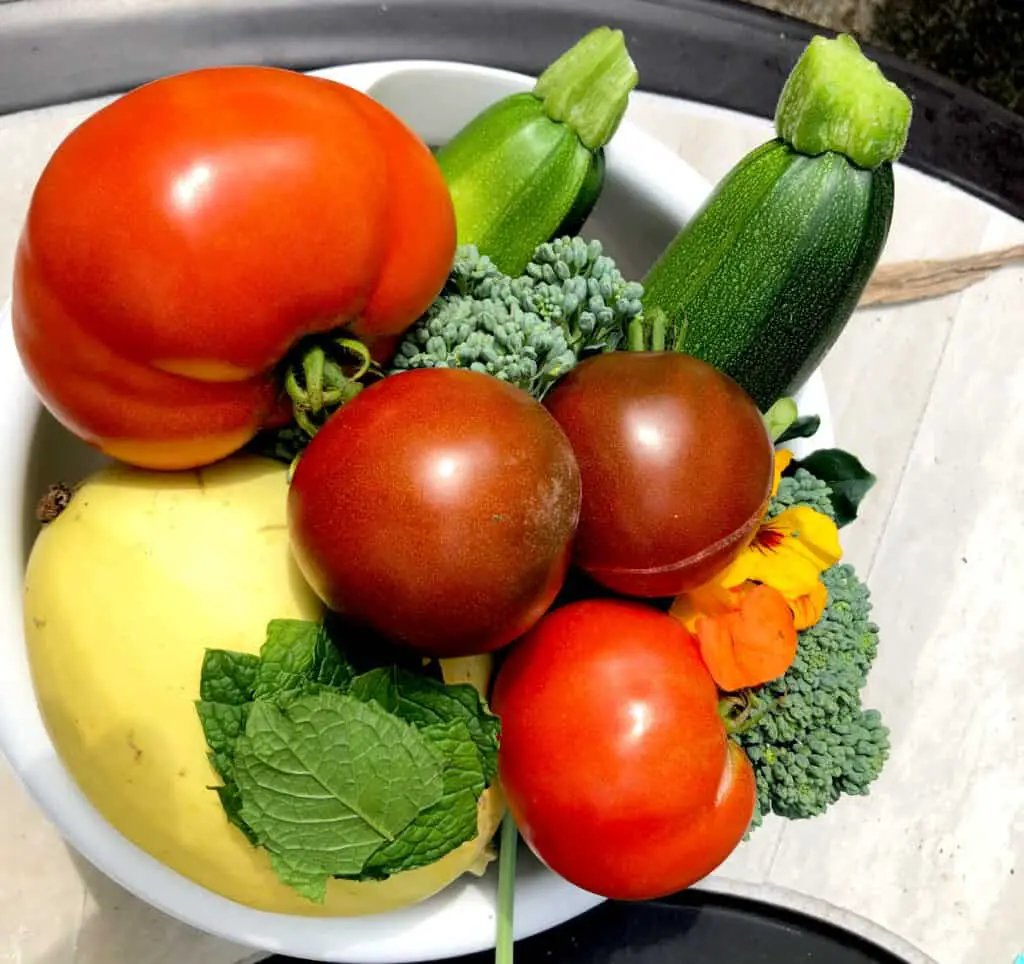A number one rule when planning a pantry-stocking garden is to grow what you and your family like to eat. I have made that mistake several times and every time I grew something we don’t like to eat, we did not eat it and it all ended up in our compost pile. So rule number one as you plan the list of vegetables and fruit is, to grow what you know you will end up eating and enjoying it.
The best vegetables to grow in the pantry garden are garlic, onions, tomatoes, peppers, cucumbers, zucchini, winter pumpkins, green beans, carrots, potatoes, cabbage, beans, and herbs. In a pantry garden, it is best to grow vegetables that are easy to grow and you can yield a lot of harvest off of one plant. Grow veggies that are disease resistant and don’t attract too many pests. Grow plants that like your growing zone and that do very well in our area. Pay attention to veggies that you are able to eat fresh as well as you are able to preserve or store, freeze, dry, or can if you decide to. But mostly, pay attention to what your family likes to eat and make the list of the pantry-stocking garden off of veggies you will actually enjoy eating.

What are the most popular pantry staple vegetables and why
There is a reason why I listed garlic, onions, tomatoes, peppers, cucumbers, zucchini, winter pumpkins, green beans, carrots, potatoes, cabbage, beans, and herbs as the most popular vegetables to grow in your pantry-stocking garden. These are the most popular and beloved by home gardeners because they are easy to preserve, some are easiest to grow and some even produce multiple yields off of one plant.

They also combine very well for large varieties of foods like pasta sauce, chutneys, soups, and salsas. They can be eaten fresh or preserved in multiple ways, like dehydrating, fermenting, pickling, canning, and freezing. Many of them also have a long storage life and do well in all growing zones.
As I mentioned they are easy to preserve, they do freeze well and can be preserved in multiple ways. Let us take a closer look at how they store and preserve. Garlic, onion, dry beans, dry herbs, and winter pumpkins, they do store well in cool, dry storage, they store without any refrigeration, which is a great plus because they save you space in the fridge and money on electricity.
I also mentioned that they combine well with each other to create meals or components of meals. For example, to make a tomato pasta sauce you need garlic, onion, pepper, carrot, tomatoes, and herbs. All of the veggies you need to create a pasta sauce can be grown in your garden if you grow above mentioned most popular pantry staple veggies. You can use the same pasta sauce to make your favorite pizza.
Let’s say you want to make some delicious winter soup. You would need carrots, onion, and garlic, let’s say we make winter squash soup, then you would need winter squash and herbs. All of these ingredients are listed in the pantry as staple vegetables for you to grow. And guess what would you need for delicious salsa! In general, as your main ingredients you would need tomatoes, onions, garlic, and peppers. These too would be in your pantry-stocking garden.
What are easy-to-grow and high-yielding vegetables?
Vegetables that grow more than one fruit on one plant are my favorite. Many of the pantry staple veggies do exactly just that. Plants like green beans, pole beans, zucchini, winter squash, tomatoes, peppers, cucumbers, and herbs yield more than one fruit and when it comes to winter squash their fruit is very large, up to several pounds of weight. These are harvest and come-again veggies.

What vegetables are easiest to grow vertically?
Veggies like tomatoes, cucumbers, peppers, pole beans, and winter squash also grow vertically, so they save you space and are very productive. They are also easy to preserve as most of them freeze well, dehydrate well, and can very well.
What vegetables are pest resistant
Veggies like garlic, and onion and herbs like basil, mint, sage, chives, and rosemary, can be planted among other veggies to deter pests since they are fragrant and not very pleasing to pest’s palates or noses.
What are the most popular vegetables to ferment
Vegetables like cucumbers and cabbage are also one of the most popular choices to ferment and pickle. Other vegetables that ferment and pickle well are carrots, tomatoes, garlic, and green beans.
How to select seeds for the garden
Seed selection can make or break your garden, especially when you are a beginner gardener. When selecting seeds, choose the ones that are disease resistant. Consider your gardening zone, as each growing zone is different. Check what growing zone you are in here, and if for example, you have long humid summers choose plants that are less resistant to mildew. If you are located in the hot zone, choose veggies that would do well in the hot weather. If you have a very short growing zone, then you would most likely want seeds that have the least days from seed to harvest. Check if the plants would be resistant to different viruses, blight, or most common diseases for that specific plant. When ordering seeds online or from a catalog, the description will mention if the seeds are disease resistant and what disease they are resistant to. If you buy seeds at the physical store, the information should be on the back of the packaging.
What vegetables grow best in my local area and how to find it out
Some gardeners get overwhelmed when they learn that they need to find out what veggies do best in their own local. Some just don’t know where to turn for that information. Let’s say you and I grow a garden in zone 6. However, your local area might be totally different than mine. In my local area blueberries do fantastic, but let’s say in your area there are no blueberries at all. See, this is what I mean when I say find out what does best in your local area. It’s not only about the growing zone, it’s also about your local microclimate, local soil, and other factors that play into it. Trust me, there is nothing easier than finding out what veggies do best in your local area!

Let me share with you how exactly I found out what grows best in my local area. I simply joined local gardening groups on social media and asked local gardeners with the same zip code or close-by zip code what does best in their garden. As gardeners, we love to boast about what does well in our gardens, we like to show photos and talk and talk. Most gardeners are very generous in sharing their experience, information, and knowledge gained over the years. Take advantage of it and learn from your local gardeners.
Throughout the summer, we enjoy visiting local farms. Where I live, we are blessed with lots and lots of farms, large and small. Very frequently we visited local farms and checked their produce. I took note of what looks and tastes best from them. I visited also our town’s farmer’s market and saw what local gardeners, growers, and farmers had to offer. I saw, took notes, and planted what I saw did best in my local area.
If you follow the instructions, I have laid down for you, you should be very clear by now on what veggies should be on your list to build a successful pantry garden.
How do I store my garden harvest?
Most high-yielding fruits and vegetables to grow in pantry stocking garden

